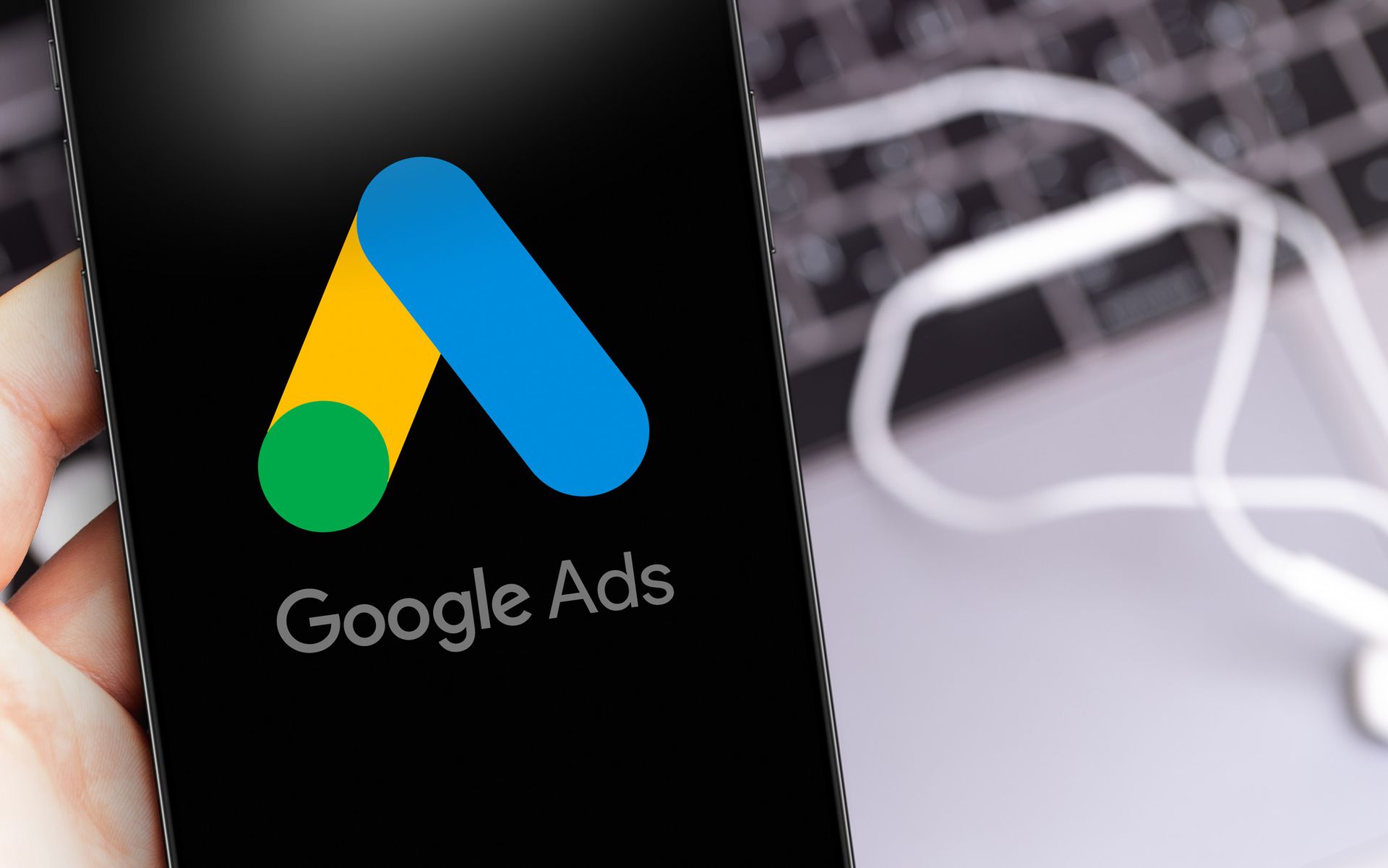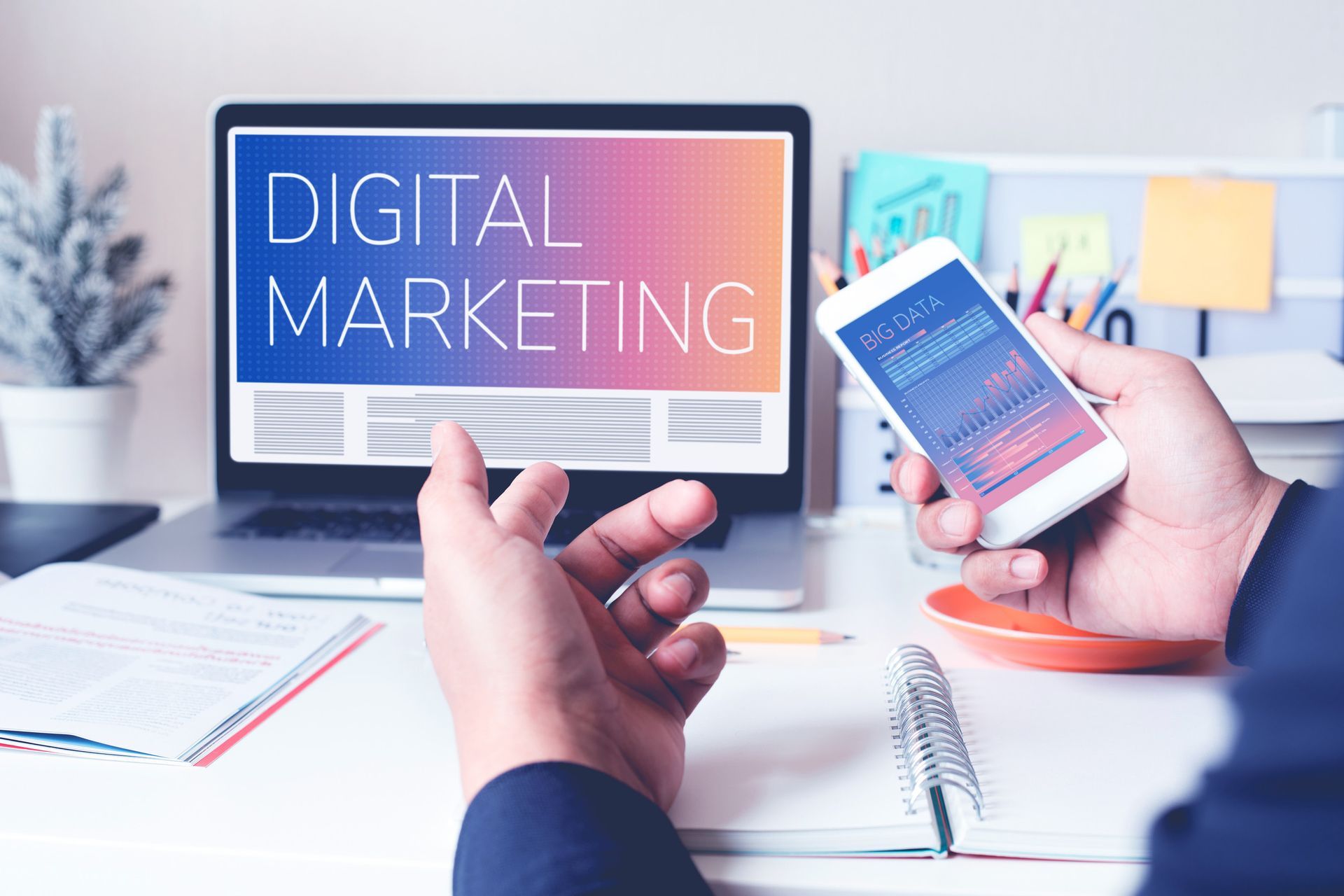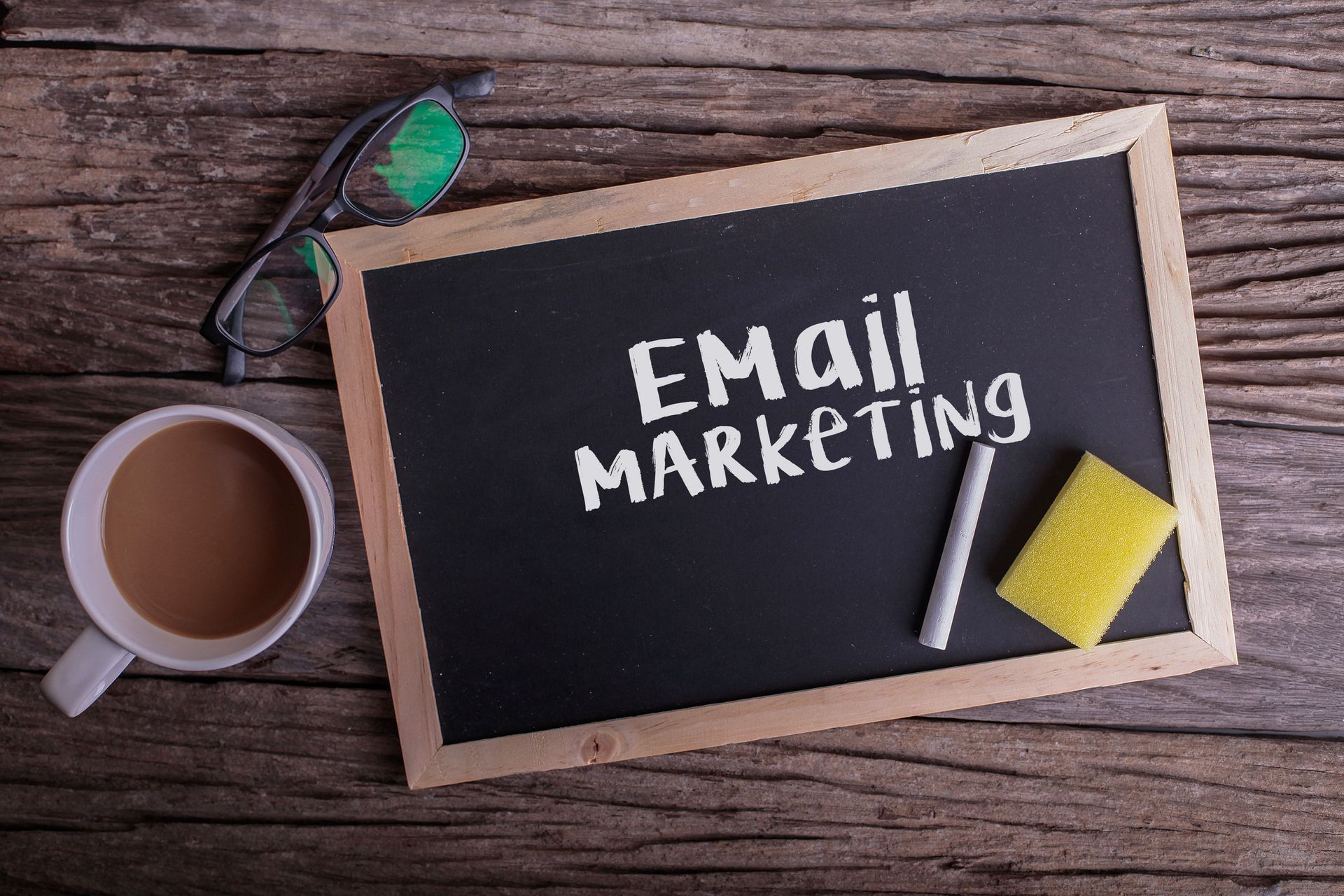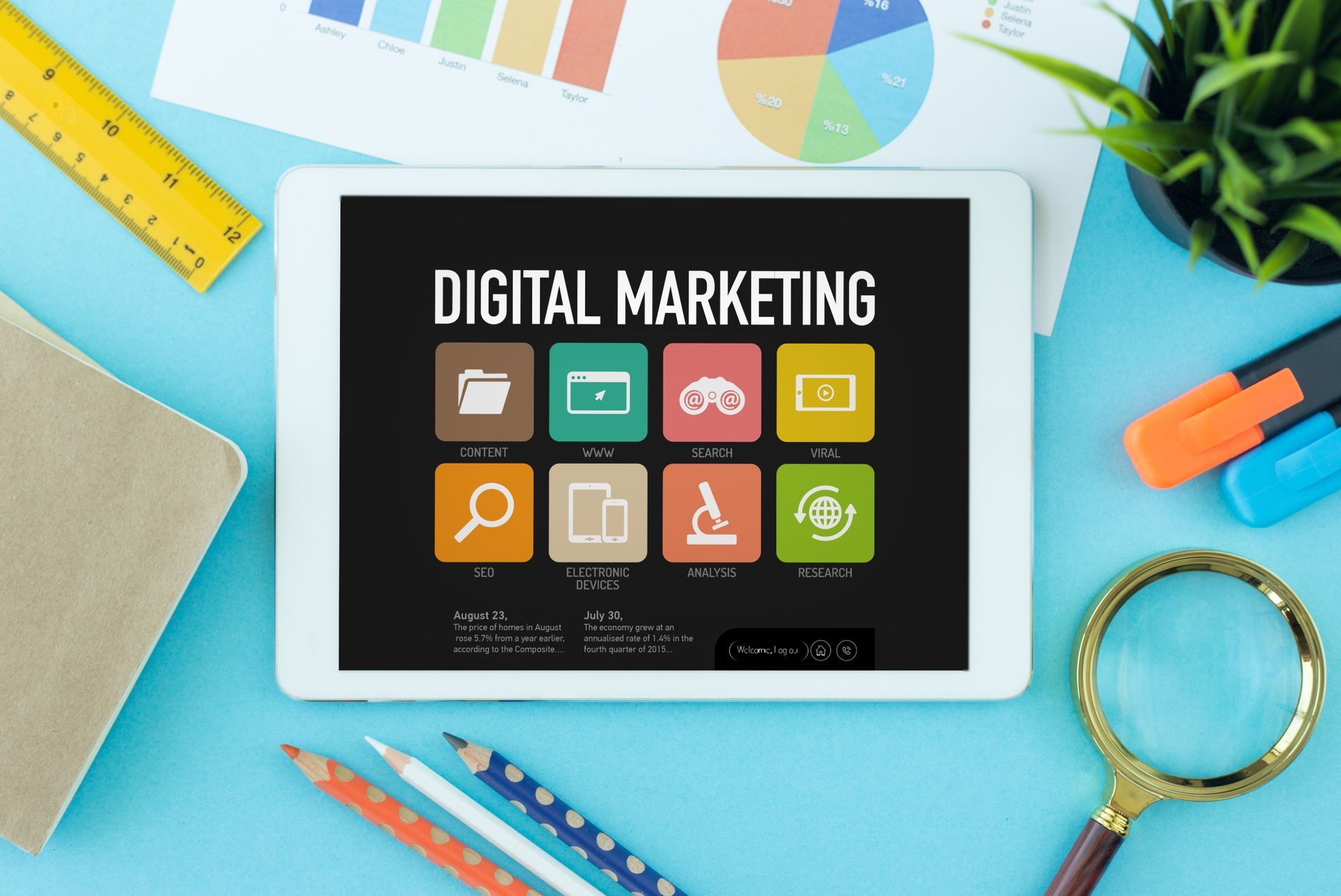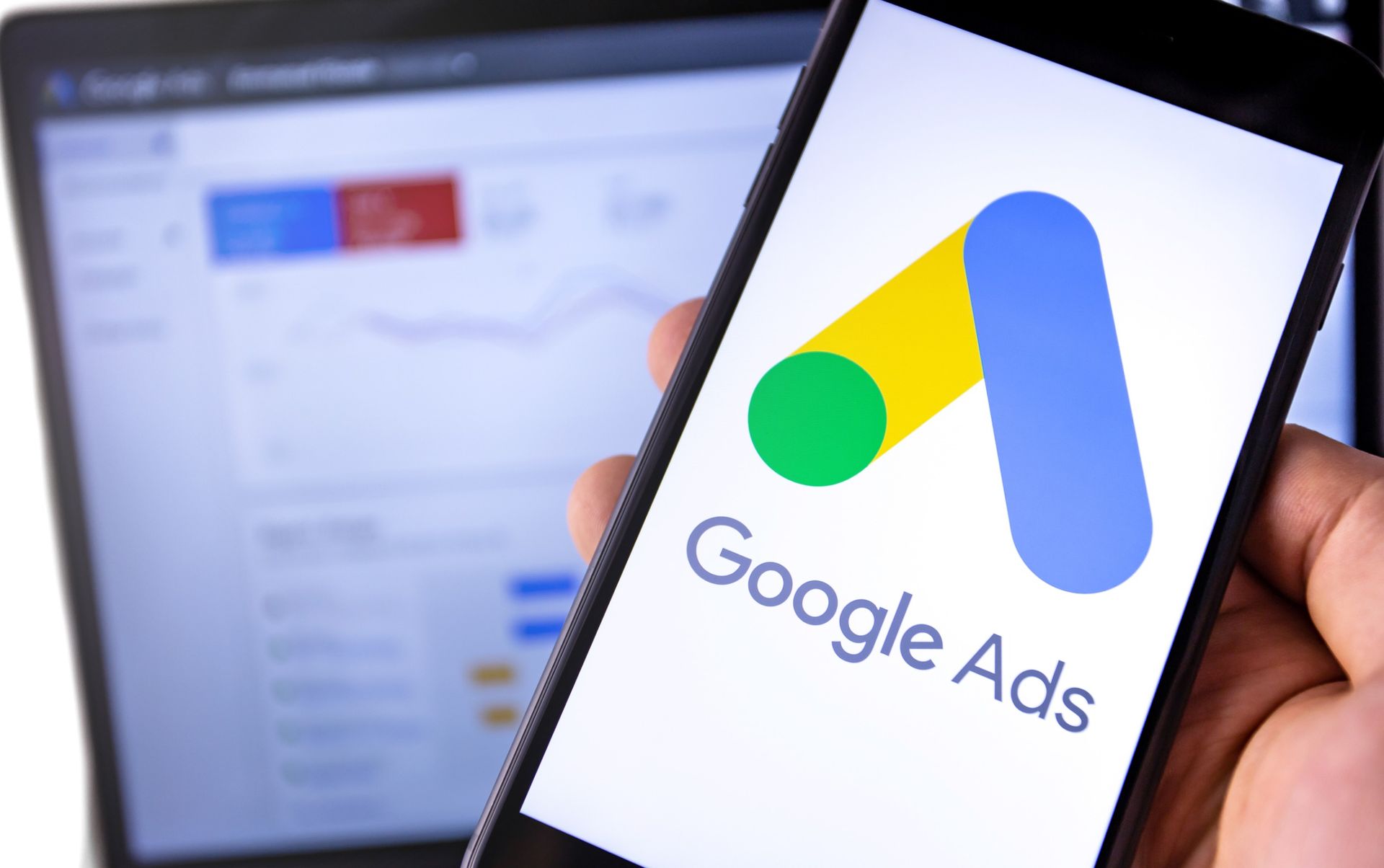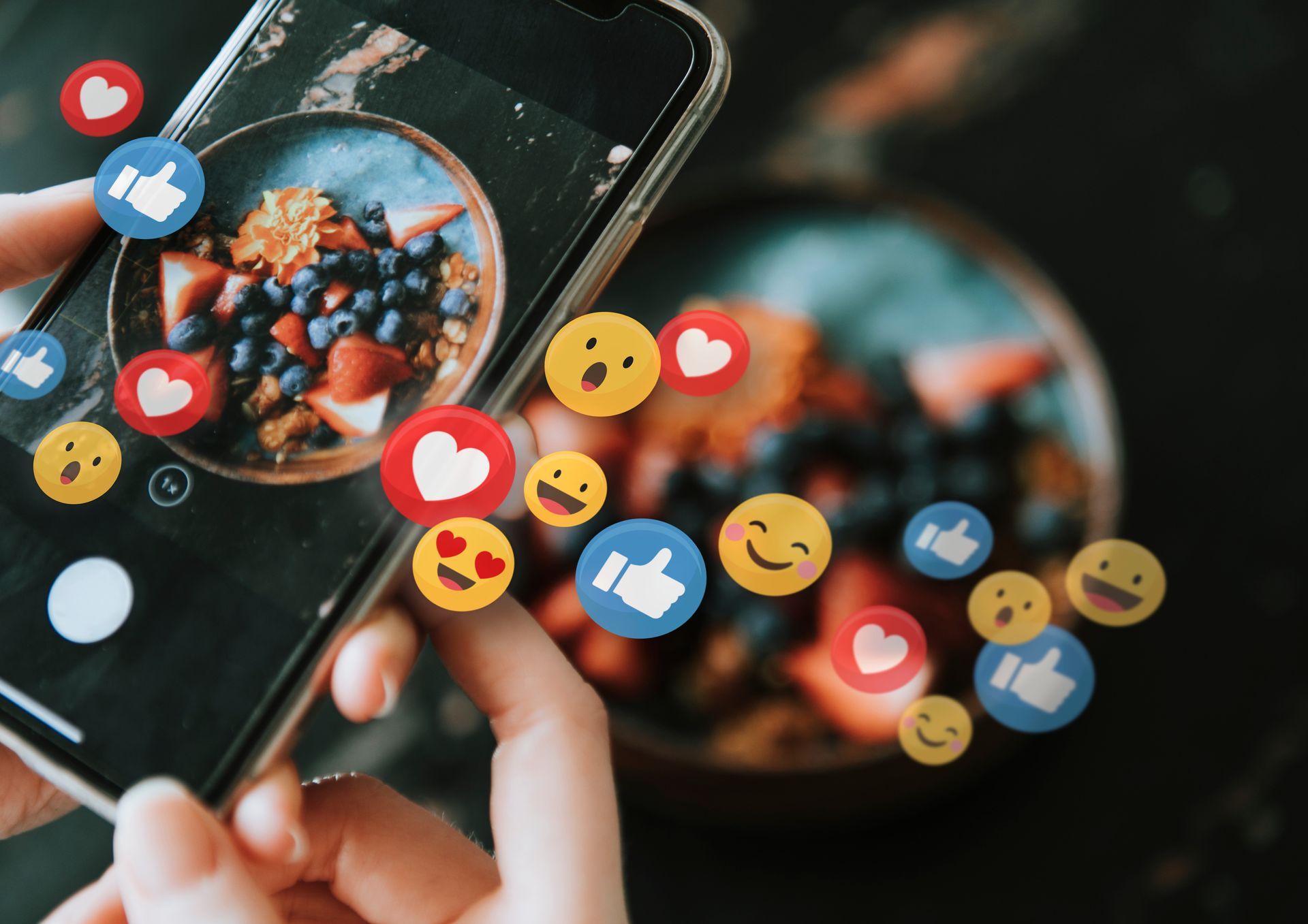Luminary Mark
Breaking Down the Top 10 Marketing Myths Every Business Should Know
In the dynamic world of marketing, misinformation can spread rapidly. For budding entrepreneurs and seasoned marketers alike, separating fact from fiction is crucial to crafting effective strategies.
This blog post will demystify the top 10 marketing myths that persist in the industry. Whether you're a small business owner or a marketing professional, understanding these myths can save you time, money, and effort, steering your campaigns toward success.
1. The Myth of Social Media's Instant ROI
Social Media Takes Time to Show Results
One prevalent myth is that social media marketing delivers instant returns on investment (ROI). While social media can drive engagement and brand awareness quickly, expecting overnight success is unrealistic. Building a loyal following and creating meaningful interactions takes time and consistent effort.
Realistic Expectations for Social Media Marketing
To see tangible results, businesses should focus on long-term strategies. Engagement metrics like likes, shares, and comments are essential, but they are just part of the bigger picture. Patience and persistence pay off as relationships and trust are built over time.
2. Content is King. Always?
Quality Over Quantity
Another widespread myth is that more content equals better results. While it's true that content is vital, quality trumps quantity. A single well-researched, high-quality blog post or video can have a more significant impact than multiple low-quality pieces.
Creating Valuable Content
Focus on creating content that provides real value to your audience. Research your topics thoroughly and aim for originality and depth. High-quality content not only attracts readers but also enhances your brand's credibility and authority.
Examples of Effective Content Strategies
Brands like HubSpot and Moz have built their reputations on providing valuable, well-researched content. Their blogs are excellent examples of how quality content can drive engagement, build trust, and generate leads.
3. SEO is Dead
The Evolution of SEO
SEO has changed dramatically over the years, but it's far from dead. The myth that SEO is obsolete stems from misunderstandings about its evolving nature. Modern SEO focuses on user experience, high-quality content, and mobile friendliness.
Importance of User Experience
Search engines like Google prioritize websites that offer excellent user experiences. This includes fast loading times, mobile optimization, and easy navigation. Integrating these elements into your SEO strategy is crucial for success.
Staying Updated with SEO Trends
To stay ahead, businesses must keep up with SEO trends and algorithm changes. Tools like Google's Search Console and SEO platforms like Ahrefs or SEMrush can provide valuable insights and help optimize your website.
4. Email Marketing is No Longer Effective
The Persistence of Email Marketing
Despite claims to the contrary, email marketing remains a powerful tool. It offers direct access to your audience and boasts a high return on investment. Personalized and targeted email campaigns can drive conversions and build customer loyalty.
Crafting Engaging Emails
Effective email marketing requires crafting engaging and relevant content. Personalization, attention-grabbing subject lines, and clear calls-to-action can significantly enhance your email campaign's performance.
Case Studies of Successful Email Campaigns
Brands like Amazon and Spotify excel in email marketing. Their personalized recommendations and targeted offers demonstrate how email can drive sales and foster customer loyalty.
5. Paid Advertising Guarantees Success
The Reality of Paid Advertising
Paid advertising can be a valuable component of your marketing strategy, but it's not a guaranteed path to success. Mismanagement of ad budgets, poor targeting, and low-quality ads can lead to wasted resources.
Effective Ad Campaign Strategies
To maximize the benefits of paid advertising, focus on precise targeting, compelling ad creatives, and continuous optimization. Analyzing performance data and tweaking your campaigns can enhance their effectiveness.
Learning from Successful Campaigns
Companies like Apple and Nike have mastered the art of paid advertising. Their success lies not just in their budgets but in their strategic planning, creative execution, and data-driven optimization.
6. Only Big Brands Can Afford Influencer Marketing
Accessibility of Influencer Marketing
Many believe that influencer marketing is only for big brands with deep pockets. However, micro-influencers with smaller but highly engaged followings can offer significant value for smaller businesses at a fraction of the cost.
Finding the Right Influencers
The key is finding influencers whose audience aligns with your target market. Micro-influencers tend to have higher engagement rates and can create authentic connections with their followers.
7. Viral Marketing is Easy
The Complexity of Going Viral
Many marketers dream of creating viral content, but achieving virality is complex and unpredictable. It requires a combination of creativity, timing, and luck. Simply hoping for a viral hit is not a viable marketing strategy.
Focus on Consistency
Instead of chasing virality, focus on consistently producing high-quality content. Building a loyal audience through steady, valuable output is more sustainable and reliable than banking on a one-hit-wonder.
Realistic Examples of Viral Success
While some brands like Dollar Shave Club have struck viral gold, their success stories also include a significant amount of preparation and strategic planning. Virality was a result, not the goal, of their efforts.
8. Mobile Optimization is Optional
The Necessity of Mobile Optimization
With the rise of mobile internet usage, optimizing your website for mobile devices is no longer optional—it's essential. A mobile-friendly site improves user experience and boosts your search engine rankings.
Key Elements of Mobile Optimization
Ensure your site loads quickly, has a responsive design, and offers easy navigation on smaller screens. These factors contribute significantly to retaining mobile visitors and enhancing their experience.
Success Stories of Mobile Optimization
Brands like Starbucks and Uber have optimized their mobile interfaces to provide seamless experiences. Their mobile-first approach has been integral to their user engagement and retention.
9. Marketing to Everyone is Effective
The Importance of Targeting
Trying to appeal to everyone often results in diluted messaging and ineffective campaigns. Identifying and targeting your ideal customer segments allows for more personalized and impactful marketing efforts.
Creating Buyer Personas
Develop detailed buyer personas to understand your audience's needs, preferences, and pain points. Tailoring your messages to these personas can significantly improve your marketing results.
Examples of Targeted Marketing
Nike's targeted campaigns, such as those focusing on women athletes or specific sports enthusiasts, demonstrate how effective targeted marketing can be. Their tailored messages resonate deeply with their intended audience.
10. Traditional Marketing is Obsolete
The Coexistence of Traditional and Digital Marketing
The myth that traditional marketing is obsolete overlooks the potential benefits of integrating both traditional and digital strategies. Depending on your audience, traditional methods like print ads and direct mail can still be highly effective.
Hybrid Marketing Strategies
Combining traditional and digital marketing approaches can create a more comprehensive and impactful strategy. For instance, a QR code in a print ad can direct readers to your online store or a special digital offer.
Examples of Effective Hybrid Campaigns
Brands like Coca-Cola and McDonald's have successfully blended traditional and digital marketing. Their campaigns often use traditional media to drive traffic to digital platforms, creating a cohesive and engaging brand experience.
Understanding and debunking these marketing myths is essential for any business looking to build effective marketing strategies. By focusing on quality content, realistic expectations, and targeted efforts, you can create campaigns that drive real results.
Remember, the key to successful marketing lies in continuous learning and adaptation. Stay informed, stay flexible, and most importantly, stay connected with your audience.
Looking to Elevate Your Marketing Strategies?
Luminary Mark is here to help. Our team of experts specializes in crafting strategies that will help you thrive in the complex world of marketing.44
Contact us today to discover how we can help you outshine the competition and achieve stellar results. Don't wait for success to find you—be the luminary.
Luminary Mark
We are the premier digital marketing solution in Pennsylvania. Contact us today to get your free, no-obligation consultation!
Business Hours
- Mon - Fri
- -
- Sat - Sun
- Closed
